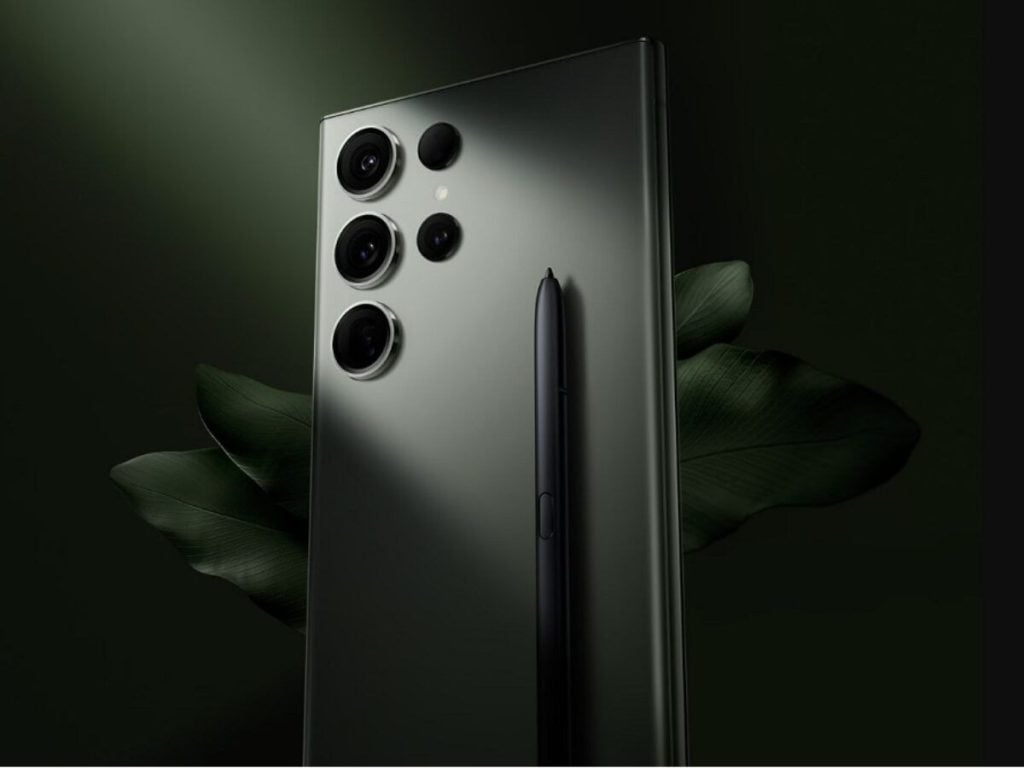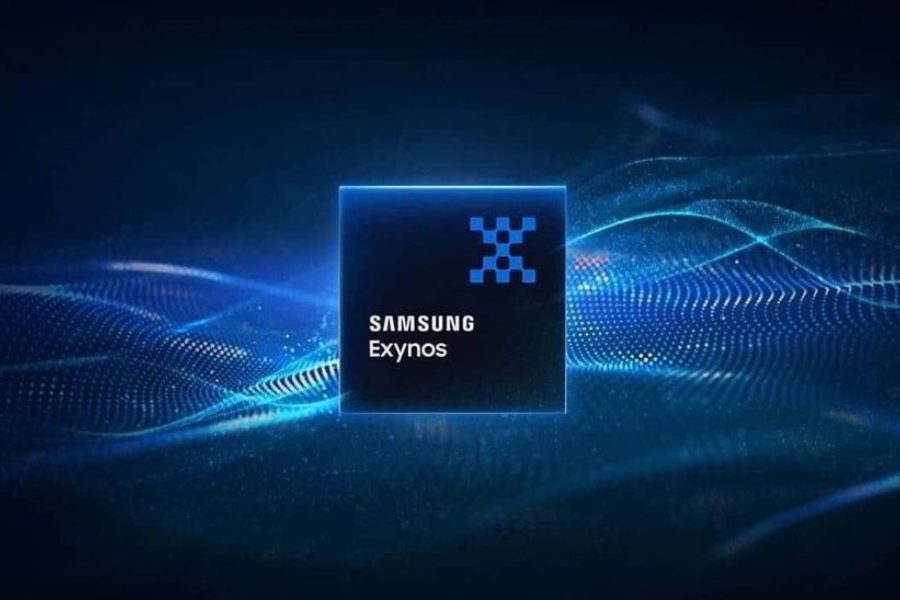Samsung has officially announced the Exynos 2400 SoC, and it is likely that this chip will be used in the upcoming Galaxy S24 series. However, since the Exynos name has a mixed reputation, some users may be hesitant to see it return to the Galaxy S24 series, especially after Samsung’s decision to use Snapdragon chips globally in the Galaxy S23 series. A new report sheds light on the use of Exynos and Snapdragon chips in the S24 series.
According to a report by Korean outlet The Elec, the Samsung Galaxy S24 Ultra will use a Snapdragon 8 Gen 3 chipset exclusively—no matter the region or market it’s sold in.

On the other hand, the Galaxy S24 and Galaxy S24+ will use either the Exynos 2400 or the Snapdragon 8 Gen 3, depending on the region. It is likely that the Exynos 2400 versions of the Galaxy S24 and S24+ will be launched in Africa, Asia (including South Korea), Europe, and Latin America, while the Snapdragon-equipped versions will be launched in North America (Canada and the US).
This is similar to the approach Samsung took with the Galaxy S22 series. Samsung is reportedly in the final stages of deciding how to distribute the different variants of the Galaxy S24 series phones. So it is unlikely that the company will change its strategy now.
Exynos 2400
The new Exynos chip features a 70% faster CPU and 14.7x faster AI processing than the previous generation Exynos. It also features the Xclipse 940 GPU, which is based on AMD’s latest RDNA3 architecture. Samsung has not unveiled its stats for GPU performance, but it claims that the chip offers substantially improved ray tracing performance in games.

However, based on past trends, the Exynos 2400’s GPU performance is unlikely to be as good as the Snapdragon 8 Gen 3’s. The Exynos 2400 chip is reportedly fabricated on Samsung Foundry’s 4nm LPP+ node and has a 10-core CPU.
Meanwhile, the upcoming Snapdragon 8 Gen 3 chip is expected to use TSMC’s latest node, but some reports claim that there may be versions on both the 3nm and 4nm process. We will learn more about the process when Qualcomm unveils it at its Snapdragon Summit this month.
Related:
- Samsung Galaxy A15 4G surfaces on GeekBench with Helio G99, 4GB RAM
- Samsung’s hardware-based security solution, Knox Vault is coming to Galaxy A-series smartphones in 2024
- Best Deals on Premium Phones: Amazon Festive Sale 2023
- Samsung Galaxy Tab A9 and Galaxy Tab A9 Plus Indian Pricing Leaks
- Best Apple Watch Cases in 2023: Spigen, Otterbox, Casetify & More






